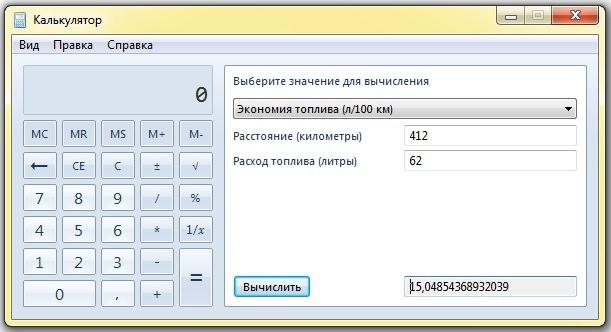
How to calculate fuel consumption?
 The fuel consumption reported by car manufacturers is calculated from the amount of exhaust gases collected in the bag. This is rarely true.
The fuel consumption reported by car manufacturers is calculated from the amount of exhaust gases collected in the bag. This is rarely true.
The fuel consumption declared by car manufacturers is calculated based on the amount of exhaust gases collected in the bag. This is rarely true.
 In their promotional materials, vehicle manufacturers list fuel consumption measured in accordance with the applicable measurement method. Potential customers expect that the car they choose will not consume more fuel after purchase. As a rule, they are disappointed because, for some unknown reason, the car suddenly becomes more voracious. Did the car manufacturer deliberately mislead the buyer? Of course not, because the values indicated in the brochures are measured quite correctly. Because?
In their promotional materials, vehicle manufacturers list fuel consumption measured in accordance with the applicable measurement method. Potential customers expect that the car they choose will not consume more fuel after purchase. As a rule, they are disappointed because, for some unknown reason, the car suddenly becomes more voracious. Did the car manufacturer deliberately mislead the buyer? Of course not, because the values indicated in the brochures are measured quite correctly. Because?
READ ALSO
Eco Driving, or how to cut fuel costs
How to replace expensive fuel?
Fuel consumption is measured on a dyno at an air temperature of 20 degrees C, a pressure of 980,665 hPa and a humidity of 40%. So, the car is stationary, only its wheels rotate. The car "runs" 4,052 km in special test cycle A and 6,955 km in cycle B. Exhaust gases are collected in special bags and analyzed. Fuel consumption is calculated as: (k:D) x (0,866 HC + 0,429 CO + 0,273 CO2). The letter D means the density of air at 15 degrees C, the letter k = 0,1154, while HC is the amount of hydrocarbons, CO is carbon monoxide, and CO2 - carbon dioxide.
The measurement starts with a cold engine, which should bring the results closer to reality. Just looking at the pattern, you can see that the theory itself and life itself. It is difficult to expect a car user to only drive in an air temperature of 20 degrees, accelerate and decelerate as recommended by the measurement cycle.
The standard defines the indication of fuel consumption in the urban, extra-urban cycle and the average value. So, most manufacturers give a three-digit fuel consumption value, and some only give average values (for example, Volvo). In the case of large heavy vehicles, there is a significant difference between average fuel consumption and city fuel consumption. For example, Volvo S80 with 2,4 l/170 hp engine. consumes 12,2 l / 100 km in the urban cycle, 7,0 l / 100 km in the suburban cycle, and 9,0 l / 100 km on average. So it is better to state that a car consumes 9 liters of fuel than 12. In the case of small cars, these differences are not so significant. For example, Fiat Panda with 1,1/54 hp engine. in the urban cycle it consumes 7,2 liters of gasoline per 100 km, in the suburban cycle - 4,8, and on average - 5,7 l / 100 km.
The real fuel consumption in the city is usually higher than that declared by the manufacturers, which is due to many reasons. It's well known that dynamic driving improves fuel economy, although most drivers don't care. Fuel consumption in the extra-urban cycle is close to real when driving on the highway and at the maximum speed allowed there. Driving on Polish roads, associated with overtaking slower vehicles, increases fuel consumption.
The fuel consumption data in brochures is useful when comparing different vehicles with each other. You can then determine which vehicle is more fuel efficient because the measurement was made by the same method and under the same conditions.
In connection with numerous questions, how to calculate the real fuel consumption, we answer.
READ ALSO
Is Shell Fuel Save available in Poland?
How not to go broke due to increased fuel? Write!
After a full refuel, reset the odometer, and at the next refueling (be sure to fill up completely), divide the amount of fuel filled by the number of kilometers traveled since the previous refueling, and multiply by 100.
Example: Since the last refueling, we have driven 315 km, now when refueling, 23,25 liters entered the tank, which means the consumption was: 23,25:315 = 0.0738095 X 100 = 7,38 l / 100 km.

